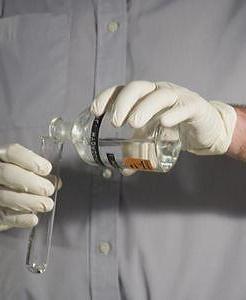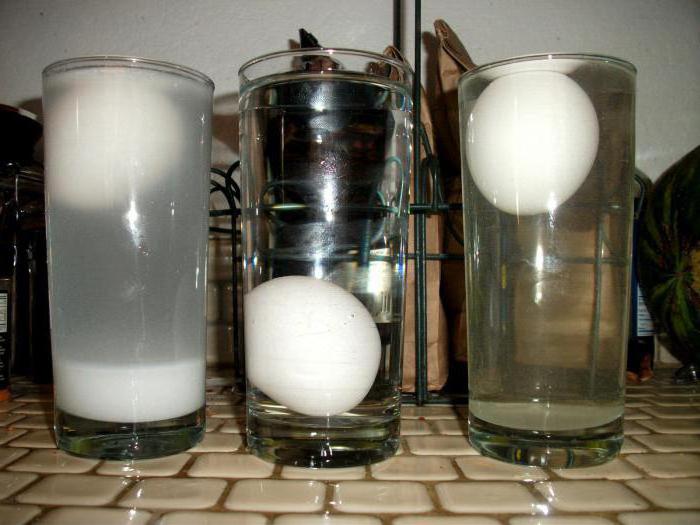Molecular mass is expressed as the sum of the masses of the atoms,entering the molecule of matter. Usually it is expressed in amu, (atomic mass units), sometimes also called dalton and denoted by D. For 1 amu Today, 1/12 of mass С is accepted12 carbon atom, which in mass units is equal to 1,66057.10-27 kg

Thus, the atomic mass of hydrogen, equal to 1, shows that the hydrogen atom H1 12 times lighter than carbon C12. Multiplying the molecular weight of the chemical compound by 1,66057.10-27, we obtain the value of the mass of the molecule in kilograms.
In practice, however, enjoy more convenientMotn = M / D, where M is the mass of the molecule in the same mass units as D. The molecular mass of oxygen, expressed in carbon units, is 16 x 2 = 32 (the oxygen molecule is diatomic). In the same way, the molecular weights of other compounds are also calculated in chemical calculations. The molecular mass of hydrogen, in which the molecule is also diatomic, is, respectively, 2 x 1 = 2.
Molecular weight is a characteristic of averagethe mass of the molecule, it takes into account the isotopic composition of all elements that form the chemical substance. This indicator can be determined for a mixture of several substances whose composition is known. In particular, the molecular weight of air can be taken equal to 29.

Earlier in chemistry, the term gram molecule was used. Today, this concept is replaced by mole — the amount of a substance containing the number of particles (molecules, atoms, ions) equal to Avogadro’s constant (6.022 x 1023).Until today, the term "molar (molecular) weight" is also traditionally used. But, unlike weight, which depends on geographical coordinates, mass is a constant parameter, so it is nevertheless more correct to use this very concept.
The molecular mass of air, like other gases,can be found with the help of the law of Avogadro. This law states that under the same conditions in the same volumes of gases there is the same number of molecules. As a result, at certain temperature and pressure, a mole of gas will occupy the same volume. Given that this law is strictly enforced for ideal gases, a mole of gas containing 6.022 x 1023 molecules, takes at 0 ° C and a pressure of 1 atmosphere a volume equal to 22.414 liters.

Molecular weight of air or any othergaseous substances is as follows. The mass of a certain known volume of gas is determined at certain pressures and temperatures. Then corrections are introduced for the imperfection of real gas and using the Clapeyron equation PV = RT, the volume is reduced to pressure conditions of 1 atmosphere and 0 ° C. Then, knowing the volume and mass under these conditions for an ideal gas, it is easy to calculate the mass of 22.414 liters of the gaseous substance under study , that is, its molecular weight. Thus, the molecular weight of air was determined.
This method gives fairly accurate values.molecular masses, which are sometimes used even to determine the atomic masses of chemical compounds. For a rough estimate of the molecular weight, gas is usually considered ideal, and no additional amendments are made.
The above method is often used to determine the molecular masses of volatile liquids.









